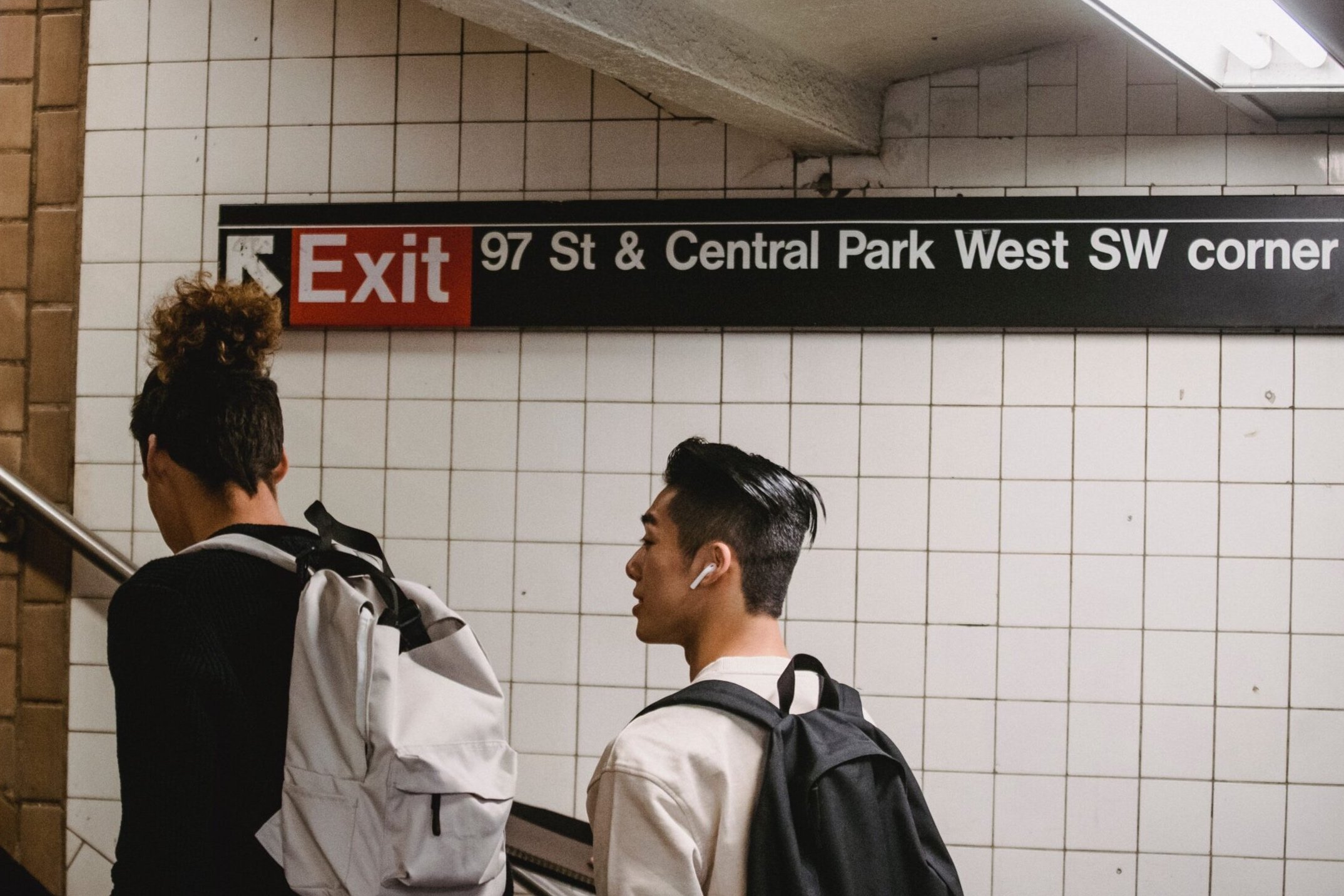Why Transit Equity is Still a Pipe Dream for Many Communities
We must remain aware of a pressing issue of transit equity as we navigate the ever-changing landscape of our transportation systems. The fight for civil rights and equality, exemplified by Rosa Parks' legacy, demands our attention and action today. On Transit Equity Day, we honor this legacy and commit ourselves to addressing the intertwined racial and economic inequality and mobility issues that exist today.
We must ensure that the future of urban planning, design, and mobility leadership is grounded in accessibility and equity to succeed. That's why, on February 15th at 6 pm EST, we're bringing together two thought leaders from opposite coasts to share their vision for the future. An in-depth discussion will occur between these experts regarding the future of work for those committed to accessibility and equity.
You can find more information and register for the event at https://cocensus.io/events/.
In addition to connecting individuals and communities to resources and opportunities, transportation is a fundamental aspect of our economic and social lives. However, transportation is not a privilege but rather a fundamental human right. As we strive to make transportation more accessible, we must also acknowledge the harm caused by transportation infrastructure and vehicles, especially in lower-income and minority communities. We are witnessing environmental racism and injustice and must take action to prevent further environmental harm.
Several initiatives and programs have been developed to promote transit equity as part of their missions. Two examples are the Bus Riders Union of Los Angeles and TriMet's Honored Citizens program in Portland, Oregon. As well as collaborating with community groups and advocates to ensure that the perspectives and needs of underserved communities are considered.
The introduction of emerging technologies and innovations has the potential to revolutionize the transportation sector and ensure transit equity in the future. However, to ensure these advancements are inclusive and equitable, they must be developed and implemented inclusively and equitably. We can ensure transportation systems are inclusive and equitable by designing for accessibility and collaborating with community organizations and advocates. Urban designers and planners should also consider the perspectives and needs of underserved communities when designing for accessibility and ensuring that underserved communities are considered.
We must remember as we look ahead at the future of transportation that the fight for equity and accessibility is not a new one. It has been ongoing for generations and must continue to be fought for. On Transit Equity Day, we are reminded of the work that still needs to be done and the importance of achieving a more just and equitable future.
As planners, designers, and mobility leaders, we have a unique opportunity to shape future transportation systems, so we must ensure these systems are equitable and inclusive. For emerging technologies and innovations to revolutionize transportation, we must ensure they are developed and implemented inclusively and equitably. The development of transportation systems that are accessible to everyone, regardless of their background or circumstances, must be our goal.
This event brings together leaders from across the country committed to equity and accessibility in transportation. Building for the Future of Mobility" will take place on February 15th. Together, we will be able to discuss how to make our communities more equitable by discussing the future of mobility. As part of the event, attendees will have the opportunity to engage in a 15-minute virtual networking session where they can talk with leaders from across the country who are committed to equity and accessibility.
If you have any questions or feedback on equitable transit and mobility, don't hesitate to reach out. And make sure to register for the event at https://cocensus.io/events/ - it's going to be an exciting opportunity to connect with fellow leaders in the field and to learn about the latest innovations and best practices in equitable transit and mobility.


